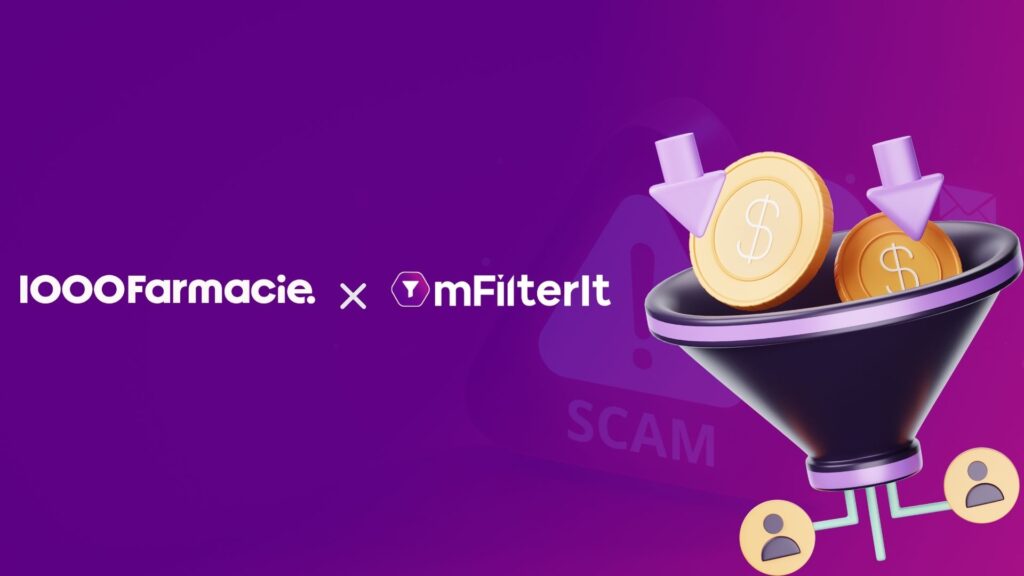Fake news is no less than a plague in the online ecosystem. The list of people and organizations suffering from fake news seems to be growing indefinitely. However, digital advertisers have been a part of this list for some time now.
That’s right. Even if your brand has nothing to do with politics or the ongoing current events, if you are engaged in digital advertising, your brand may suffer harm because of fake news. More specifically, fake news can lead to long-term reputation harm for brands.
If that sounds alarming, it is because this is an alarming matter, and in this article, we will be diving deep into the details.
Let’s start with the basics:
Table of Contents
ToggleWhat is Fake News?
While there’s no fixed definition for fake news, the term refers to any piece of misleading information.
When you search for the term on Google, the first result comes from a Wikipedia article dedicated to the subject. The article mentions that making ad revenue is one of the top reasons to use fake news. Here’s the extract, verbatim:
“Fake news is false or misleading information presented as news. Fake news often has the aim of damaging the reputation of a person or entity or making money through advertising revenue.”
So now we know that fake news can hurt a brand reputation and has something to do with advertising.
Let’s dig deeper.
How can fake news impact the brand’s reputation?
If a brand’s advertising/messaging appears on a website that peddles fake news, the reputation of that brand may diminish in the minds of its consumers and prospects.
Not surprisingly, this sentiment is not limited to fake news. If your ads are appearing on websites that publish hate speech content, conspiracy theories, and other forms of skewed information, you may be unknowingly causing damage to your brand reputation.
This trend is not just limited to sentiments. It is causing real and serious damage to brand reputations, which is hurting the bottom line of advertisers.
Over 80% of UK consumers surveyed say the ‘responsibility of ad placement lies equally across the supply chain.’ These consumers have also stated that they will stop buying from brands with ads next to hate speech, fake news, violent content, and even controversial political views, among other similar topics.
Alarmingly, less than half of digital advertiser have clear guidelines to avoid advertising next to misinformation or hate speech.
How might you be funding fake news/misinformation?
Consumers hold brands responsible for vetting where their ads are appearing. This is because many consumers (correctly) believe that the ad budgets allocated to these websites keep them alive, enabling them to continue spreading false information.
This means that if your ad appears on a website that publishes fake news, you may unknowingly fund its efforts to spread the said fake news. Global Disinformation Index (GDI), in 2019, estimated that around $235 million of ad budget is given to websites that publish and spread fake news every year.
Considering that nearly 500,000 new websites are popping up on the internet every single day, the above number has undoubtedly inflated exponentially in the past three years.
Nearly a year ago, GDI published another report about how ad tech giants are serving ads to (and thereby funding) websites that spread misinformation regarding the ongoing Russia-Ukraine conflict. The same companies were also named in a more recent report about ad tech companies funding websites that spread misogynistic disinformation.
While GDI does not name advertisers in their reports, most consumers on the web aren’t aware of how digital advertising works and blame advertisers for funding the spread of misinformation and fake news. There is a gap between consumers’ expectations and what is being achieved with brand safety best practices.
How to Combat the Impact of Fake News?
Every entity involved in the digital advertising supply chain has the social responsibility to ensure they do not knowingly or unknowingly support the spread of fake news.
So what can advertisers do?
For starters, advertisers using platforms like Google, Facebook, and Bing can manually check where their advertisements appear. All these platforms allow advertisers to customize their placement lists, so you can simply remove the problematic websites from your placement lists.
You can also add known publishers of fake news to a blacklist.
It is also a good idea to start working on company-wide guidelines designed to avoid ad placements on fake news websites.
However, if you are using third-party ad platforms, then manually vetting every publisher can be unrealistically time-consuming. This is where brand safety can come in handy.
mFilterIt’s digital brand protection solutions help advertisers advertise in safe ad placements. The solution uses the capabilities of AI and ML to validate the content beside which the ad is placed and ensure it is GARM (Global Alliance for Responsible Media) compliant and contextually relevant.
Conclusion
While fake news may seem like a problem that has nothing to do with brands, the case is quite the contrary. As brands continue to spend their advertising dollars without vetting publishers, the monetary incentive for publishers to publish fake news and hate speech is only going to grow.
Brands must take a stand against the spread of fake news, realize their role and responsibility regarding the same, and employ relevant solutions that enable holistic brand protection.
Get in Touch to learn more about the Brand Safety







